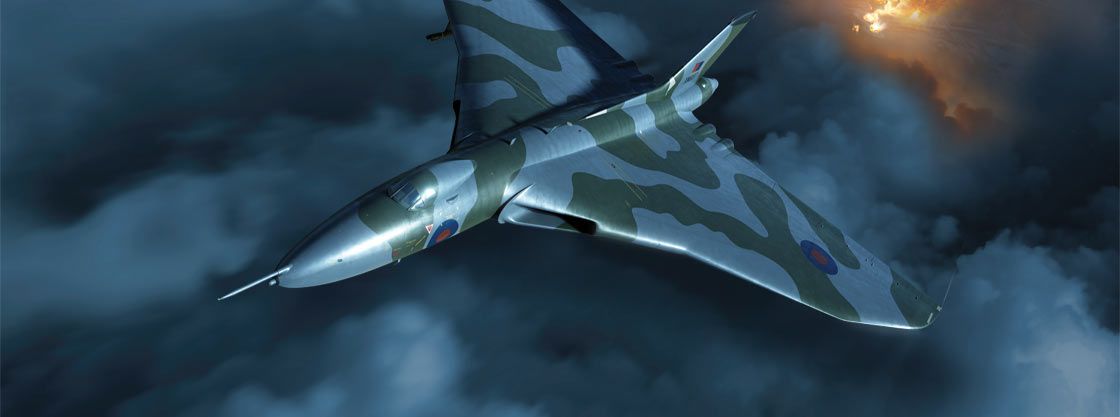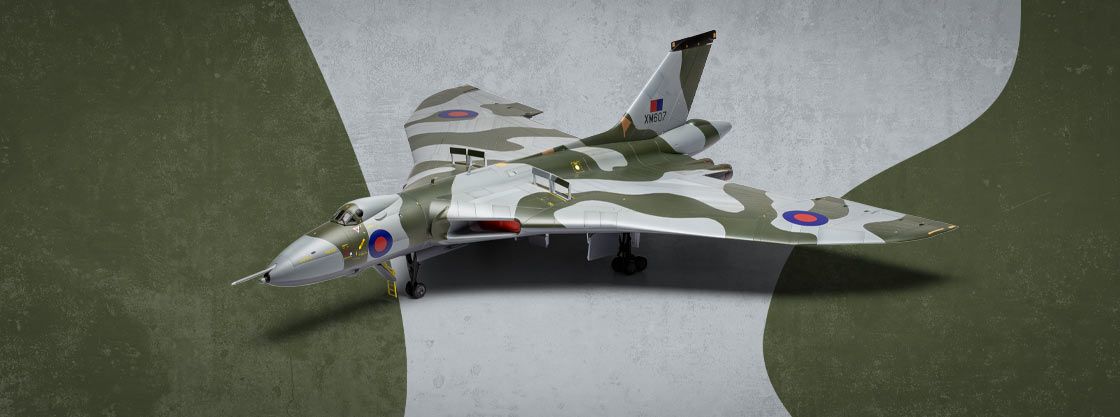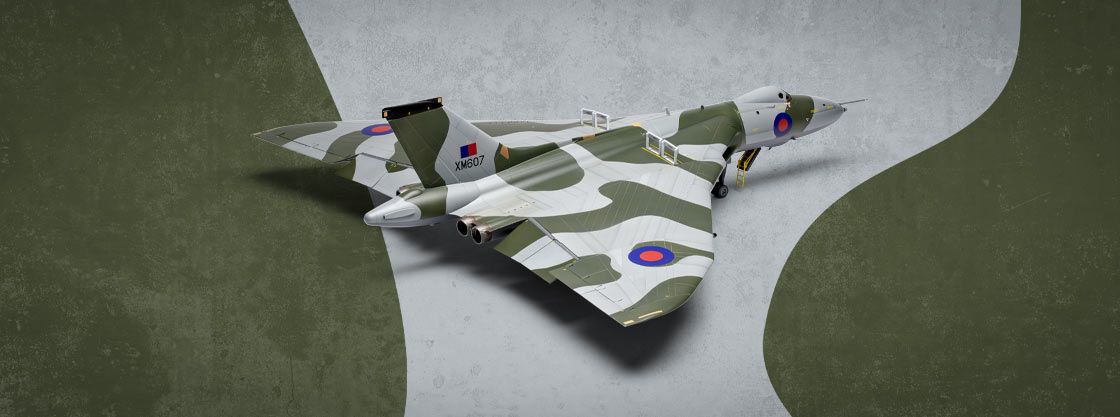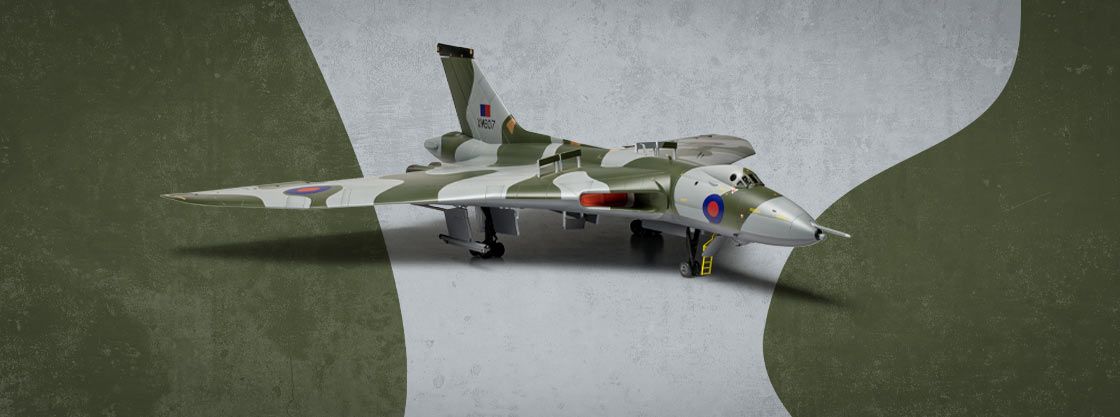Aircraft Scale Model Chart
Below are the Lengths (L) and Wingspans (W) of the different scales/aircraft types in Cm's
| 1/200 scale | 1/400 scale | 1/500 scale | ||||
| Aircraft Type | Length CM | Wingspan CM | Length CM | Wingspan CM | Length CM | Wingspan CM |
| Airbus A300-B4 | 27 | 22 | 13 | 11 | 11 | 9 |
| Airbus A300-600 | 27 | 22 | 14 | 11 | 11 | 9 |
| Airbus A310 | 23 | 22 | 12 | 11 | 9 | 9 |
| Airbus A318 | 16 | 17 | 8 | 9 | 6 | 7 |
| Airbus A319 | 17 | 17 | 8 | 9 | 7 | 7 |
| Airbus A320 | 19 | 17 | 9 | 9 | 8 | 7 |
| Airbus A321 | 22 | 17 | 11 | 9 | 9 | 7 |
| Airbus A330-200 | 30 | 30 | 15 | 15 | 12 | 12 |
| Airbus A330-300/800/900 | 32 | 30 | 16 | 15 | 13 | 12 |
| Airbus A340-200 | 30 | 30 | 15 | 15 | 12 | 12 |
| Airbus A340-300 | 32 | 30 | 16 | 15 | 13 | 12 |
| Airbus A340-500 | 34 | 32 | 17 | 16 | 14 | 13 |
| Airbus A340-600 | 37 | 32 | 19 | 16 | 15 | 13 |
| Airbus A350-900 | 34 | 33 | 17 | 16 | 13 | 13 |
| Airbus A350-1000 | 37 | 33 | 18 | 17 | 15 | 13 |
| Airbus A380 | 36 | 40 | 18 | 20 | 15 | 16 |
| ATR-42 | 11 | 12 | 6 | 6 | 5 | 5 |
| ATR-72 | 14 | 14 | 7 | 7 | 5 | 5 |
| BAe146-100 | 13 | 13 | 7 | 7 | 5 | 5 |
| BAe146-200 | 14 | 13 | 7 | 7 | 6 | 5 |
| BAe146-300 | 15 | 13 | 8 | 7 | 6 | 5 |
| Boeing 707 | 23 | 22 | 12 | 11 | 9 | 9 |
| Boeing 717-200 | 19 | 14 | 9 | 7 | 8 | 6 |
| Boeing 727-100 | 20 | 16 | 10 | 8 | 8 | 7 |
| Boeing 727-200 | 23 | 16 | 12 | 8 | 9 | 7 |
| Boeing 737-200 | 15 | 14 | 8 | 7 | 6 | 6 |
| Boeing 737-300 | 17 | 14 | 8 | 7 | 7 | 6 |
| Boeing 737-400 | 18 | 14 | 9 | 7 | 7 | 6 |
| Boeing 737-500 | 16 | 14 | 8 | 7 | 6 | 6 |
| Boeing 737-600 | 16 | 17 | 8 | 9 | 6 | 7 |
| Boeing 737-700 | 17 | 17 | 8 | 9 | 7 | 7 |
| Boeing 737-800 | 20 | 17 | 10 | 9 | 8 | 7 |
| Boeing 737-900 | 21 | 17 | 11 | 9 | 8 | 7 |
| Boeing 747SP | 28 | 30 | 14 | 15 | 11 | 12 |
| Boeing 747-200/300 | 35 | 30 | 18 | 15 | 14 | 12 |
| Boeing 747-400 | 35 | 32 | 18 | 16 | 14 | 13 |
| Boeing 757-200 | 24 | 19 | 12 | 10 | 9 | 8 |
| Boeing 757-300 | 27 | 19 | 14 | 10 | 11 | 8 |
| Boeing 767-200 | 23 | 24 | 12 | 12 | 9 | 10 |
| Boeing 767-300 | 27 | 24 | 14 | 12 | 11 | 10 |
| Boeing 767-400 | 31 | 26 | 15 | 13 | 12 | 10 |
| Boeing 777-200 | 32 | 30 | 16 | 15 | 13 | 12 |
| Boeing 777-300 | 37 | 30 | 18 | 15 | 15 | 12 |
| Boeing 787-8 | 28 | 30 | 14 | 15 | 11 | 12 |
| Boeing 787-9 | 32 | 30 | 16 | 15 | 13 | 12 |
| Boeing 787-10 | 34 | 30 | 17 | 15 | 14 | 12 |
| Concorde | 31 | 13 | 16 | 6 | 12 | 5 |
| CRJ-200 | 13 | 11 | 7 | 5 | 5 | 4 |
| CRJ-700 | 16 | 12 | 8 | 6 | 7 | 5 |
| CRJ-900 | 18 | 12 | 9 | 6 | 7 | 5 |
| Dash8-100/200 | 14 | 12 | 7 | 6 | 5 | 5 |
| Dash8-300 | 13 | 14 | 6 | 7 | 5 | 5 |
| Dash8-400 | 16 | 14 | 8 | 7 | 7 | 6 |
| DC-8-30/40/50 | 23 | 22 | 11 | 11 | 9 | 9 |
| DC-8-62 | 24 | 23 | 12 | 11 | 10 | 9 |
| DC-8-61/63 | 29 | 23 | 14 | 11 | 11 | 9 |
| DC-9-30 | 18 | 14 | 9 | 7 | 7 | 6 |
| DC-9-40 | 19 | 14 | 10 | 7 | 8 | 6 |
| DC-9-50 | 20 | 14 | 10 | 7 | 8 | 6 |
| DC-10-10 | 28 | 24 | 14 | 12 | 11 | 9 |
| DC-10-30 | 28 | 25 | 14 | 13 | 11 | 10 |
| Do328/328Jet | 11 | 10 | 5 | 5 | 4 | 4 |
| EMB120 | 10 | 10 | 5 | 5 | 4 | 4 |
| ERJ135 | 13 | 10 | 7 | 5 | 5 | 4 |
| ERJ140 | 14 | 10 | 7 | 5 | 6 | 4 |
| ERJ145 | 15 | 10 | 7 | 5 | 6 | 4 |
| Embraer170 | 15 | 13 | 7 | 7 | 6 | 5 |
| Fokker70 | 15 | 14 | 8 | 7 | 6 | 6 |
| Fokker100 | 18 | 14 | 9 | 7 | 7 | 6 |
| MD-11 | 31 | 26 | 15 | 13 | 12 | 10 |
| MD-81/82/83/88 | 23 | 16 | 11 | 8 | 9 | 7 |
| MD-87 | 20 | 16 | 10 | 8 | 8 | 7 |
| MD-90-30 | 19 | 16 | 9 | 8 | 8 | 7 |
| MD-90-40 | 26 | 16 | 13 | 8 | 10 | 7 |
| L-1011 | 27 | 24 | 14 | 12 | 11 | 9 |
| L-1011-500 | 25 | 25 | 13 | 13 | 10 | 10 |
| Tu-154 | 24 | 19 | 12 | 9 | 10 | 8 |
Occupying a significant position in the history of post war British aviation, the Avro Vulcan, with its huge delta wing profile, was without doubt one of the most distinctive aircraft ever to take to the skies. Built to satisfy an extremely demanding Air Ministry requirement for a fast, high altitude strategic bomber, capable of carrying a nuclear device, the Vulcan represented a 100% increase in the capabilities of any previous British bomber aircraft. When the Vulcan made its maiden flight in August 1952, the Avro team were well on the way to presenting the Royal Air Force with not only the world’s first delta bomber, but also one of the world’s most effective strike bombers. When the Vulcan entered squadron service with No.83 Squadron at RAF Waddington in July 1957, Britain now possessed the fastest nuclear capable bomber in the world.
By the time of the Falklands conflict in 1982, the venerable Avro Vulcan was facing retirement. The task of nuclear deterrent had been handed over to the Royal Navy submarines and the writing was on the wall for the distinctive delta jet, However, the Argentine invasion of the Falklands Islands meant the RAF was to call upon the ageing bomber for one more task. The Vulcan was the only aircraft capable of delivering a payload to the Island from RAF Wideawake on Ascension Island even though it would require multiple mid-air re-fuelling. The Vulcans of the last three squadrons still using the bomber (Nos 44, 50 & 101) conducted a series of raids codenamed ‘Black Buck’ between April and June, the most famous raid being ‘Black Buck One’ when XM607 managed to damage the runway at Port Stanley with one of its twenty-one bombs. This surprise attack prevented fast jets from using the airfield and was, at that time, the longest bombing raid in history.

Avro Vulcan B.2 'BLACK BUCK'
One of the most distinctive aircraft ever to take to the skies.

"New Parts"
Check out the new Shrike missiles and ECM equipment.

"Black Buck One"
Part of the longest bombing raid in history.

"One of a kind"
In July 1957 it became the world's fastest nuclear-capable bomber.
Tech Specs
Item Length - Without Packaging (cm)45Item Height - Without Packaging (cm)12
Item Width - Without Packaging (cm)47
Pieces: 271
Item Scale: 1:72 Scale
Contents (what's in the box), Plastic model kit, instruction sheet, paint layout sheet and decals.
Finish: Plastic
Number of Scheme options 2
Skill Level 3
Wingspan (mm)470
Related Products











